What did the psychedelic ornaments of Soviet carpets mean
Categories: Culture | Design and Architecture
By Pictolic https://pictolic.com/article/what-did-the-psychedelic-ornaments-of-soviet-carpets-mean.htmlMany of us remember well the days when carpets hung on the wall in every house. Their bright, intricate patterns acted as a sleeping pill – looking at the magical intricacies, you could immerse yourself in the realm of Morpheus, even without wanting it. Who invented these ornaments and is there any meaning in them?
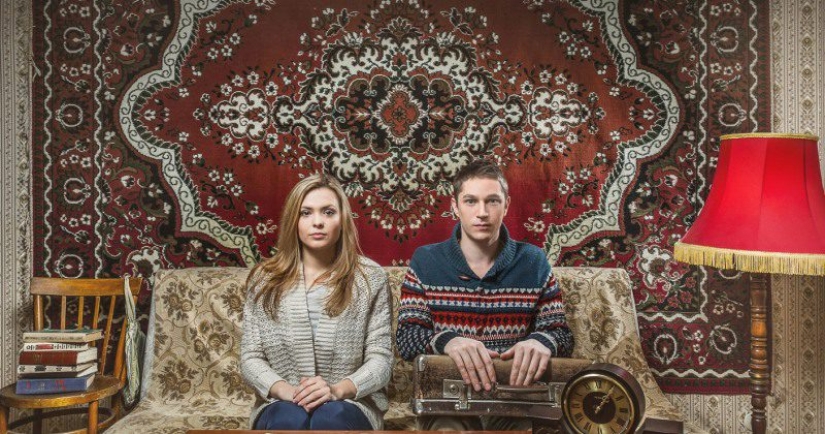
One of the Internet users took up the issue of carpet drawings closely and learned a lot of interesting things. It turns out that a Catalog of Vneshposyltorg was published, in which models of carpets for ordering from the Union republics and even from abroad were presented.
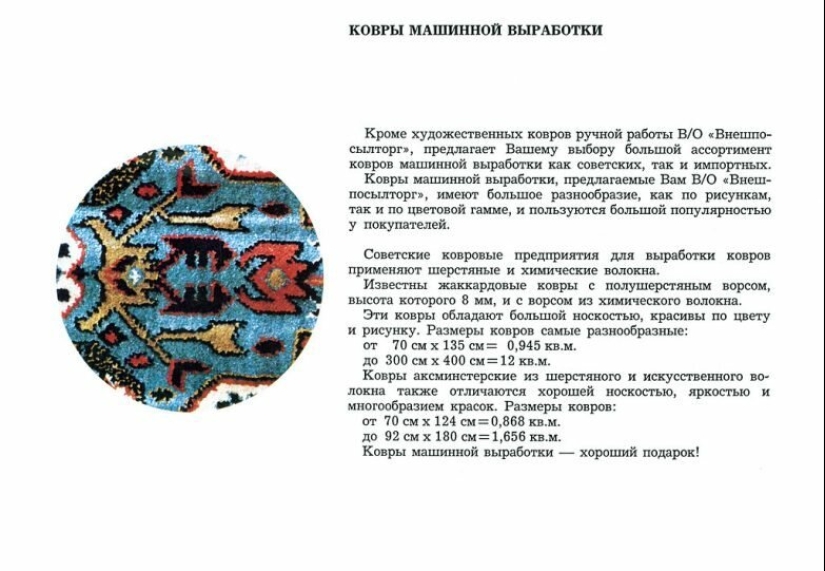
It was assumed that the buyer would pay for the goods with checks received by those working abroad, so the service was not available to all mortals. But the owners of the cherished checks in the catalog were offered a wide selection of carpets with the name of the ornament and the country of manufacture.
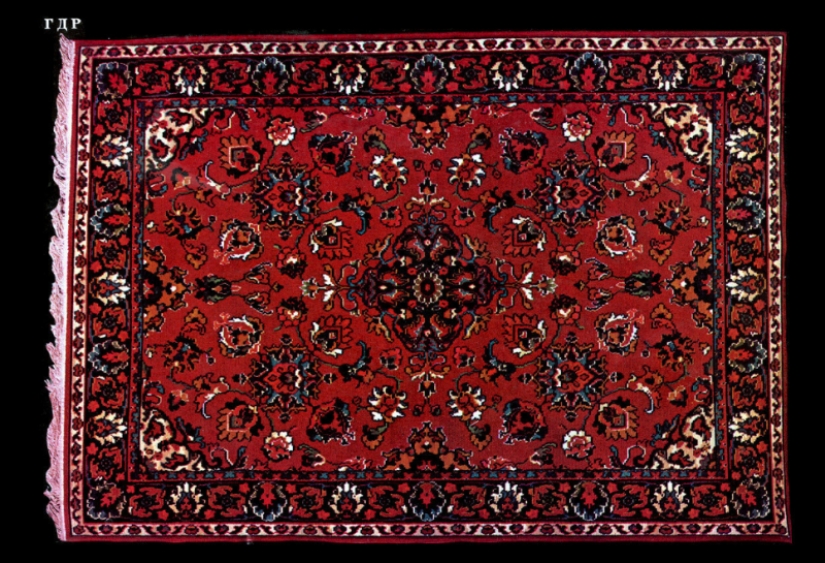
For example, Azerbaijan could offer our citizens carpets with the ethnic names "Kazakh", "Karabakh" and, oddly enough, "Cuba". Foreign goods were represented by products from such countries of the socialist camp as Bulgaria and the GDR. The carpets were both machine-made and handmade.
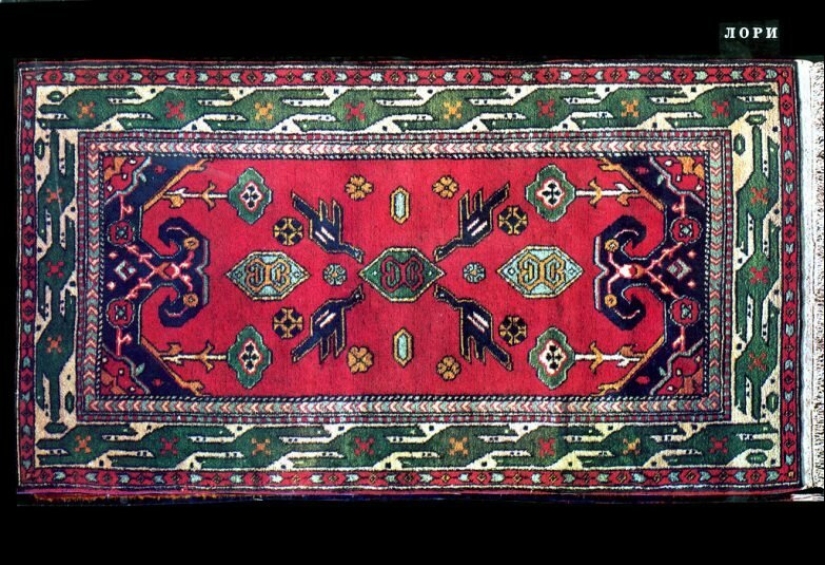
For an ordinary citizen of the Union, buying at least some carpet was an event and there was no time for aesthetics and frills. But those who had the opportunity to order from Vneshposyltorg, most likely, knew a lot about carpet business and for them each model was accompanied by a brief description of the pattern.
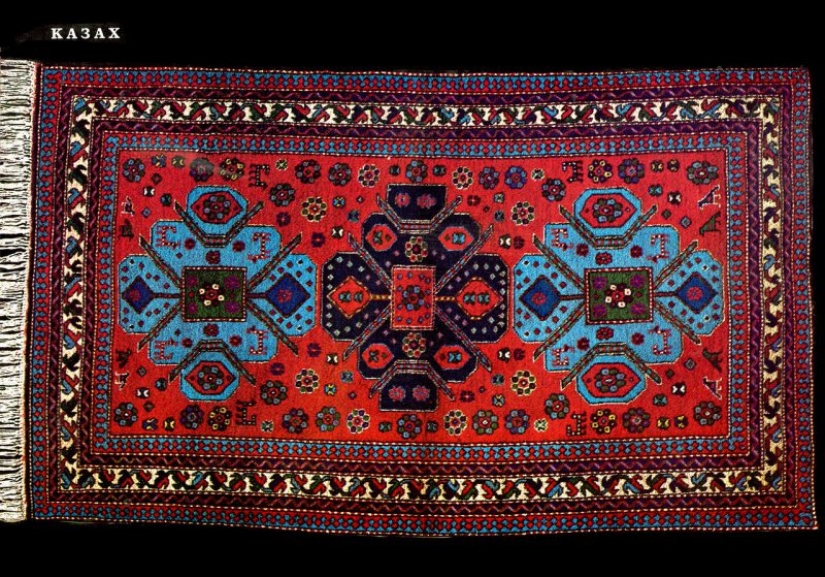
Thus, in the annotation in the Armenian carpets "Yerevan" and "Ijevan" it was said that the masters were inspired to create their pattern by the study of Armenian folk miniatures. The main motif of these carpets is a lotus flower, and on its petals could be placed stems, leaves and images of animals.
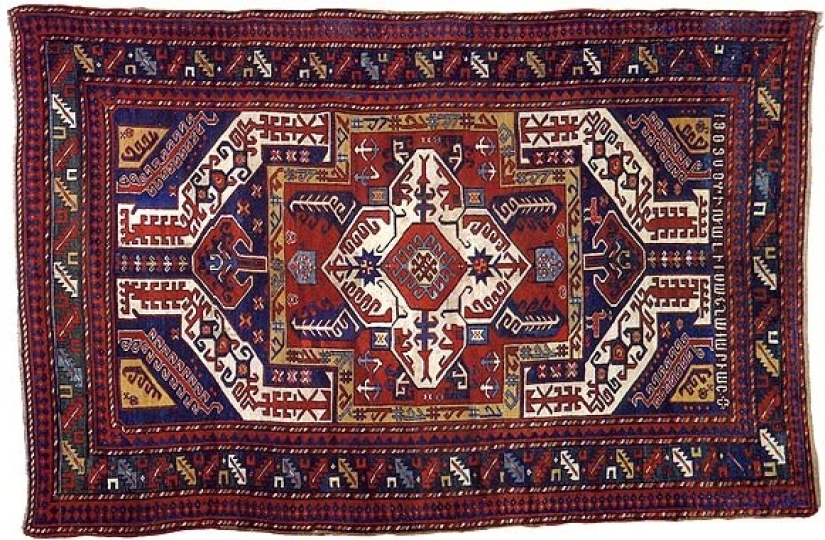
The main element of the ornaments of Turkmen carpets is considered to be a rhombus, which is called "gel". It is also taken from traditional folk art. Very often there was such a detail as a "medallion", the homeland of which is Iran. Endless twisting lines were called "eslim" and they are borrowed from Persian carpets, as well as "buta" - bionic details in the form of buds and exotic fruits.
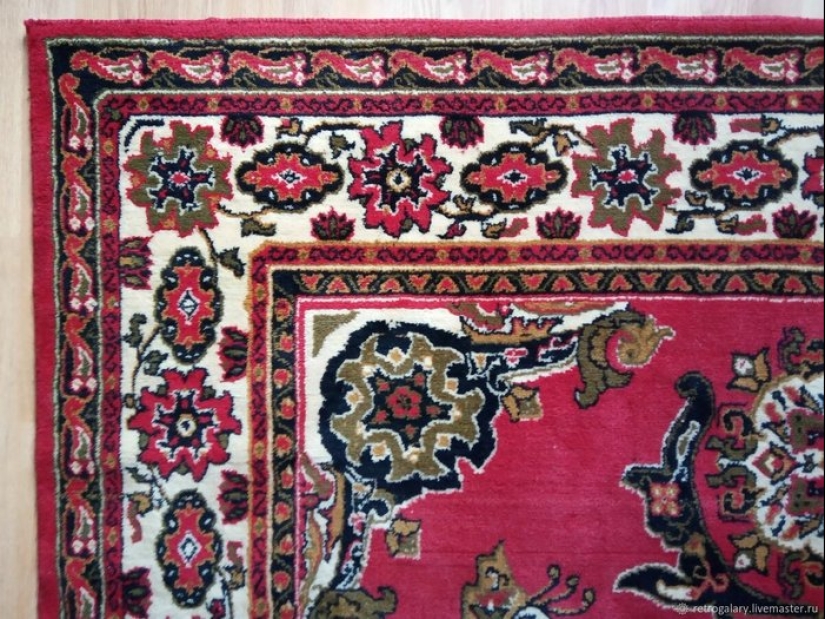
There was often such an element as a "vase", which looked like a vessel with flowers. He also came from Central Asia and used to symbolize sublime love.
It turns out that all these drawings were rooted in the old days, and were not at all the result of the flight of creative thought of Soviet designers. The creators of the carpets only needed to arrange the elements in a certain sequence and refine them a little.
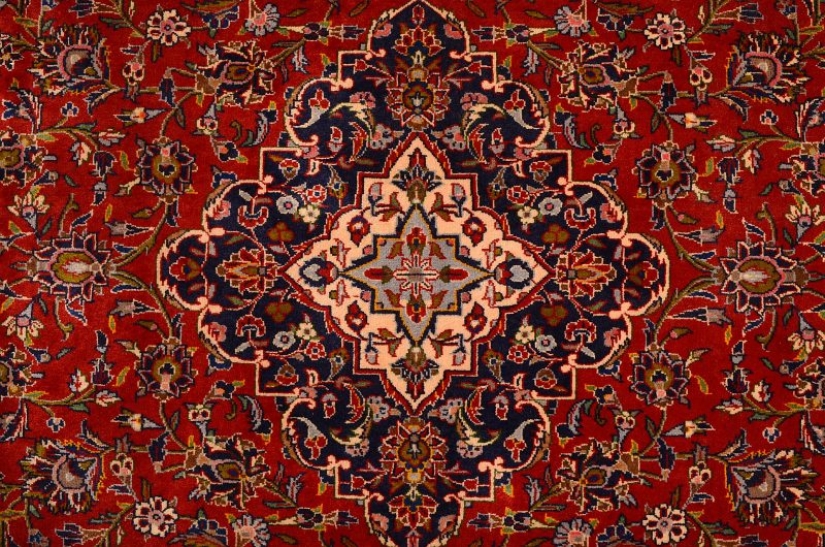
Interestingly, the meaning of the patterns was not always unambiguous. Sometimes the most primitive images of plants, animals and even people were used. A cursory glance did not reveal the secret of the pattern, but with careful, thoughtful consideration, it was possible to make one discovery after another!
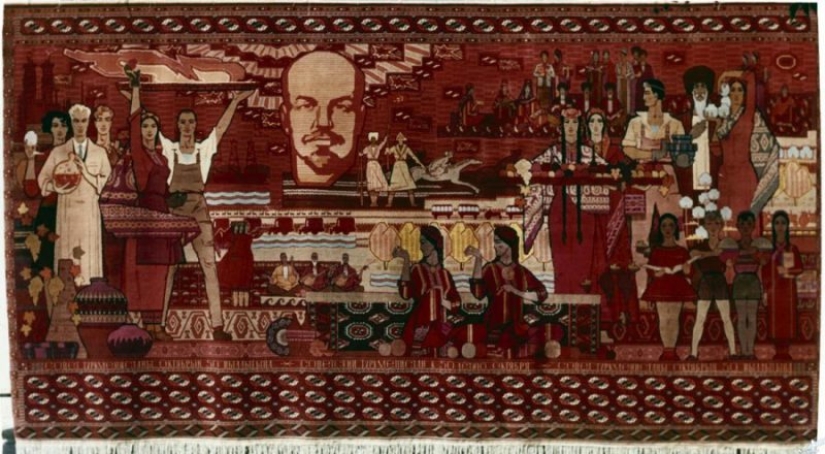
National classical patterns were used both for handmade carpets and for those that were made by machine. So be sure that even the most primitive Soviet synthetic carpet harbored a message from the depths of centuries.
Carpet art is still alive today. Thanks to creative people such as Faig Akhmet from Baku, it has acquired a new meaning without losing its traditional roots.
Recent articles

She was the brightest star in the American music for several decades. Chocolate beauty with a white smile and amazing powerful ...

These things are for today's children will be a rarity, and for some they are not even able to come up with a present purpose. ...

Almost every day we eat products made from plants that contain deadly poisons. Many of us believe that there is nothing healthier ...